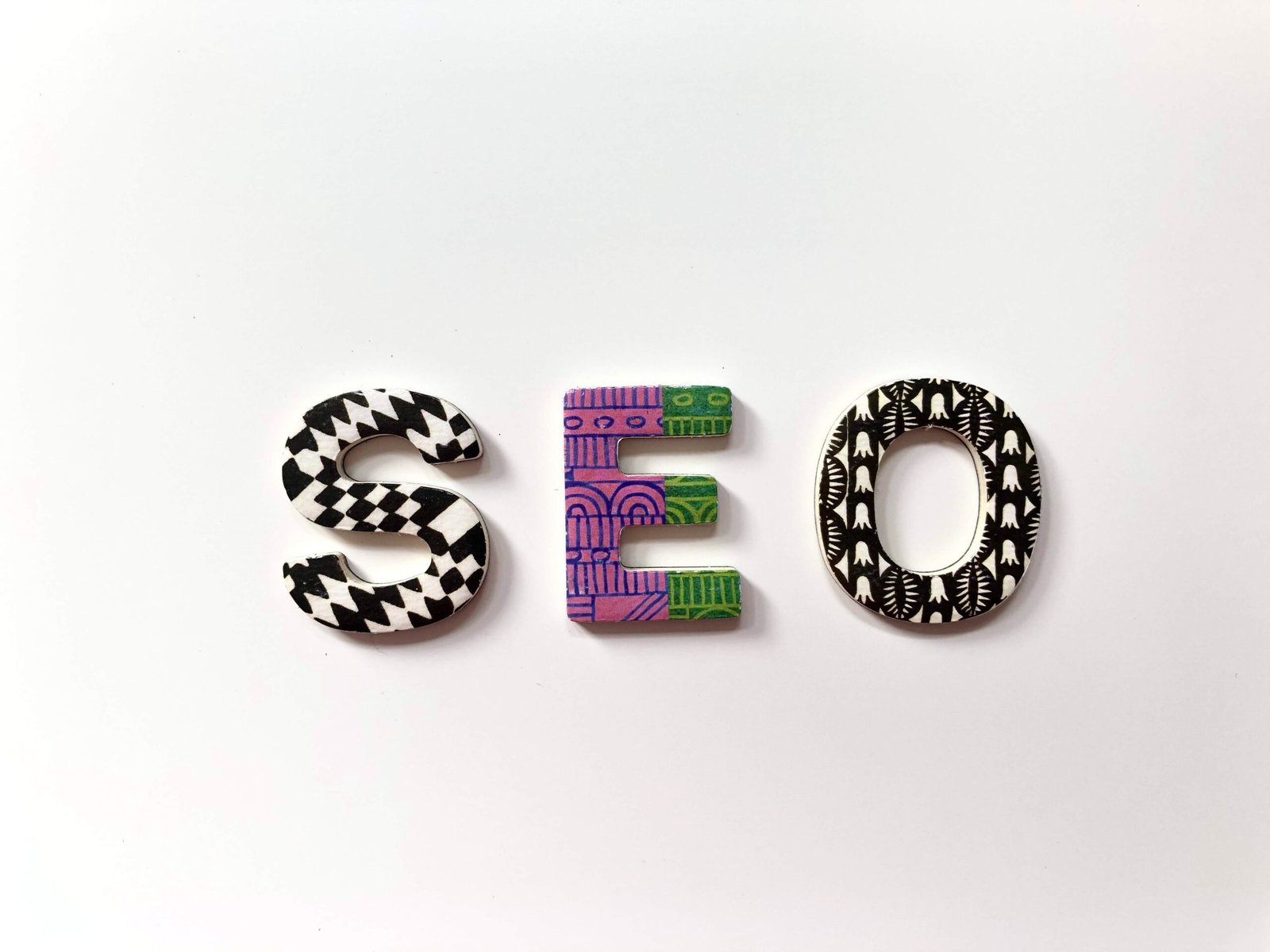
The Art of SEO Copywriting: Boosting Your SERP Listings and Website Ranking
When it comes to online visibility, SEO copywriting is an indispensable tool to ensure your website ranks high on search engine results pages (SERPs). With the ever-increasing competition in the digital landscape, implementing effective SEO strategies is crucial to attract the right audience and drive organic traffic to your website.
But what exactly is SEO copywriting? It is the art of crafting compelling and engaging content that not only appeals to your target audience but also aligns with the algorithms of search engines like Google. By strategically incorporating relevant keywords and optimizing your website’s content, you can significantly improve your website’s visibility and increase your chances of ranking on the coveted first page of search results.
The Power of SEO Copywriting
SEO copywriting goes beyond simply writing informative and engaging content. It involves a meticulous approach to ensure your website stands out amidst the sea of competitors. Here are some key strategies to consider:
1. Keyword Research and Optimization
Keywords play a vital role in SEO copywriting. Thoroughly researching and identifying the right keywords for your content is essential for improving your website’s visibility. By incorporating relevant keywords naturally throughout your content, you can enhance your chances of ranking higher in search results.
However, it’s important to strike a balance and avoid keyword stuffing, as search engines now prioritize quality content that provides value to users. Focus on creating informative and engaging content that naturally incorporates your target keywords.
2. Compelling Headlines and Meta Descriptions
Your headline and meta description are the first things users see when your website appears on SERPs. Crafting compelling and attention-grabbing headlines can entice users to click on your link and explore your website further.
Similarly, optimizing your meta descriptions with relevant keywords and a clear call-to-action can significantly improve your click-through rates. Remember, the goal is not just to rank high but also to attract and retain the right audience.
3. Image Compression and Alt Text
Visual content is an integral part of any website, but large image files can slow down your website’s loading speed, negatively impacting user experience. By compressing your images without compromising quality, you can improve your website’s speed and overall performance.
Additionally, optimizing your image alt text with relevant keywords allows search engines to understand the context of your images, further enhancing your chances of ranking higher in image search results.
4. Website Speed and Mobile Optimization
In today’s fast-paced digital world, users expect websites to load quickly, especially on mobile devices. Slow-loading websites not only frustrate users but also receive lower rankings from search engines.
Optimizing your website for speed and ensuring it is mobile-friendly are crucial factors for both user experience and search engine ranking. Make sure your website is responsive and loads quickly across various devices.
5. Engaging and Shareable Content
Creating high-quality, informative, and shareable content is key to attracting and retaining your target audience. Engaging content that resonates with your readers is more likely to be shared on social media platforms, increasing your website’s visibility and driving organic traffic.
Remember to incorporate relevant keywords naturally throughout your content while focusing on providing value to your audience. Aim to become a trusted source of information in your industry.
Accompanying Graphics: Enhancing User Experience
While well-written content is crucial, incorporating accompanying graphics can further enhance user experience and improve your website’s overall appeal. Visual elements such as infographics, charts, and images not only make your content more engaging but also help convey complex information in a more digestible format.
When optimizing your graphics, ensure they are appropriately sized and compressed to prevent slow loading times. This will not only improve user experience but also positively impact your website’s ranking on search engine results pages.
In conclusion, SEO copywriting is a powerful tool to boost your website’s visibility and improve your SERP listings. By incorporating effective strategies such as keyword optimization, compelling headlines, image compression, and engaging content, you can enhance your chances of ranking higher in search results and attract the right audience to your website. Remember, the key is to provide valuable content that resonates with your readers while optimizing it for search engines.